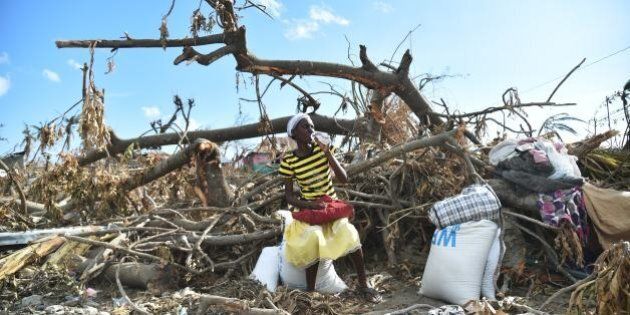
"The roofs and tree branches flew away. Water started coming in, things were flying everywhere".

© UNICEF/UN034980/Abassi, UN-MINUSTAH
The death toll from Hurricane Matthew which hit Haiti on October 4 continues to rise. Haiti is facing the largest humanitarian emergency since the earthquake in 2010. The full extent of the damage remains unknown, but the incredible stories of the families who survived this fierce storm need to be told.

© UNICEF/UN035026/Moreno Gonzalez
In the town of Jeremie, in the Grand-Anse Department where the hurricane hit the hardest, families are trying to get back to their normal lives. Despite the desolate landscape, the sight of children playing and the sounds of their laughter bring a spark of hope for a better future.
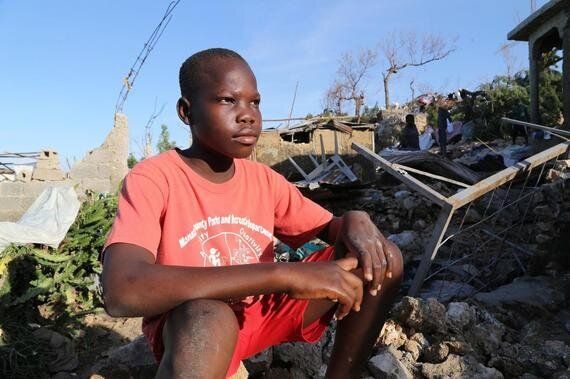
© UNICEF/UN035046/Moreno Gonzalez
The storm started at night, but it wasn't until sunrise that the families of this coastal town started to fear for their lives.
"The roofs and tree branches flew away. Water started coming in, things were flying everywhere... no one could get hold of them," explains Dicejour Gelin, 13.
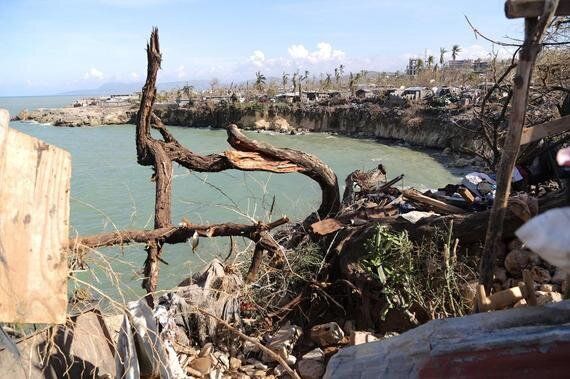
© UNICEF/UN035028/Moreno Gonzalez
Big waves caused by the hurricane destroyed the whole coastline, flooding hundreds of homes.
"That night, I was at home but the water inundated us. We were able to get out but left all our things behind. The day after, we had to get them from a ditch," recalls Dicejour.

© UNICEF/UN035023/Moreno Gonzalez
Dicejour's father, Jeody Luckmane, 28, works in the field. The heavy winds and rains have destroyed all the crops.
"I do not know what we will do now. Everything is destroyed. There is nothing left. There is no food or water, and children are starting to get sick," he says.
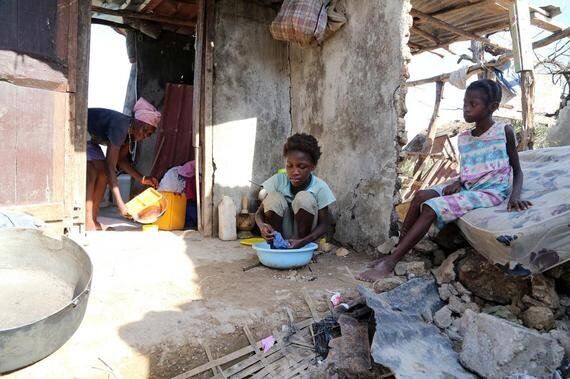
© UNICEF/UN035027/Moreno Gonzalez
Pierre Yolande, 52, and her two granddaughters, Dorry Wideline, 10, and Pierre Saraphila, 12, managed to get back some of their belongings.
"The whole wall collapsed and the waves entered right into our room. It was a nightmare but we were not sleeping," says Dorry.
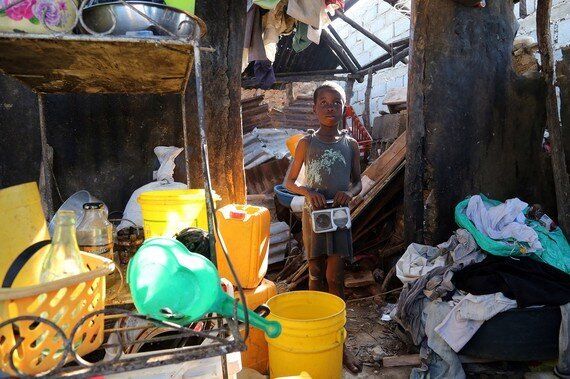
© UNICEF/UN035029/Moreno Gonzalez
"We heard on the radio that a storm was coming. My father also told me, but I was very scared when the roof fell over our heads," says Renelson. "And now the radio doesn't work any longer."

© UNICEF/UN035031/Moreno Gonzalez
For Renel Ginol, the father of Renelson, 6, and Bethsaiina, 8, education is what worries him most.
"The school is totally damaged. They will start building the school but it will take several months and my children will lose the whole academic year".
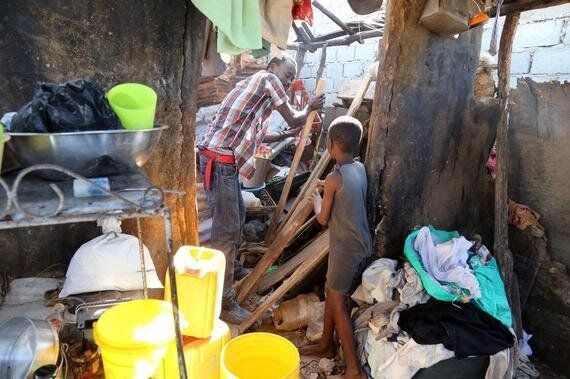
© UNICEF/UN035041/Moreno Gonzalez
The roof of their house collapsed and hurt one of Renel's legs, before they could get away and take shelter in a nearby vocational school.
"Now I help my father as much as I can," explains Renelson. "I want him to know that I am also strong and we can fix our home together."
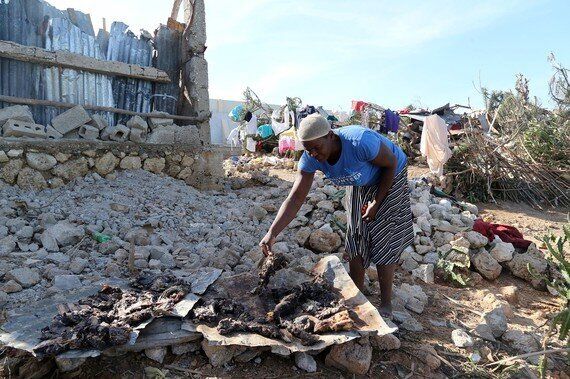
© UNICEF/UN035025/Moreno Gonzalez
Hurricane Matthew has put the lives of millions of children in Cuba, Haiti, Jamaica and the Dominican Republic in danger. In Haiti, it is estimated that half a million children live in the most affected areas, particularly in Grand-Anse and the South.

© UNICEF/UN035024/Moreno Gonzalez
UNICEF teams in Haiti are working closely with the Government and NGO partners to provide a first delivery of humanitarian supplies to the most affected zones. Surviving Hurricane Matthew means not only surviving the biggest storm in a decade; but also getting ready for what lies ahead.
You can help us respond and help those in the hardest hit areas of Haiti by making a donation.
Follow HuffPost Canada Blogs on Facebook
Also on HuffPost: